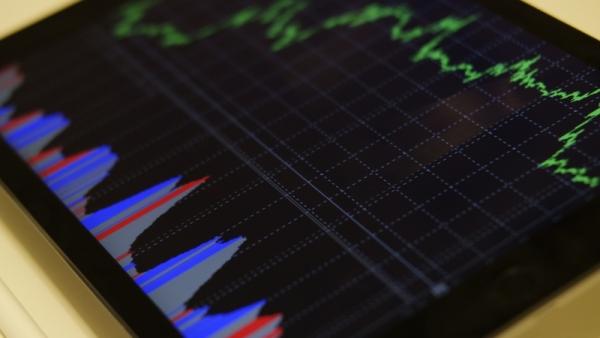What everyone overlooked in China’s GDP numbers

James Laurenceson, Deputy Director, Australia-China Relations Institute, University of Technology Sydney |
This article appeared in Business Spectator on January 27 2015.
We’ve missed it.
China’s growth numbers for 2014 were released on Tuesday. But so far all the talk has been about them showing the economy expanding at its slowest pace in 24 years.
Yet here’s another way of looking at the same data – we’ve just found out that in terms of $US, China’s economy grew by more than in any year previously. Let me repeat that - in any year, ever.
It has a different ring to it, doesn’t it?
Two things are happening here.
The first is that China’s economy gets bigger each year. So even if growth slows in percentage terms, the volume of RMB surging into action can continue to increase.
The second is that since 2005, the RMB has been appreciating against the $US. So each one of those RMB can buy more $US than before.
The combination delivers a thick wad of new Chinese purchasing power overseas.
Take any starting point you like.
China began 2013 with an $US8.3 trillion economy. During the year it grew by 7.7 percent in local currency terms. At the same time, the RMB appreciated by nearly two percent. This meant that by the time 2014 rolled around, the economy had added $US643 billion.
Last year the pace of growth eased to 7.4 percent. But the economy started out bigger. That alone was enough to see more RMB pressed into service than in the year before. On top of that the RMB appreciated by another one percent. The result was that China’s economy swelled by $US673 billion in 2014.
For Australia and the rest of the world, this increasing trend in $US buying clout matters a great deal.
BHP and Rio Tinto have never sold a single kilogram of iron ore to China for a percentage sign.
Last year, Rio sold a shipment of iron ore to China denominated in RMB for the first time. It was described as a “one off”. The rest is in $US. According to its Customs Bureau, China paid $US55.7 billion for the Australian iron ore it imported in the year to November.
In similar vein, the Department of Education and Training says that the 112,536 Chinese students studying in Australia in 2013-2014 paid $A4.1 billion for the privilege.
Nothing looks about to change.
The IMF just downgraded China’s growth prospects for 2015 from 7.1 percent to 6.8 percent. Yet crunch the numbers and you’ll find that for the increase in local currency purchasing power to match that of last year, China only needs to grow this year by 6.9 percent. It’s right on target then.
What will happen on the currency front is harder to guess.
But we do know that China just recorded a whopping $US383 trade surplus in 2014. That was up 47 percent on 2013.
And the European Central Bank and the Bank of Japan continue to print money with all the enthusiasm of a Chinese banquet welcoming in the Year of the Goat.
This makes any depreciation of the RMB look unlikely.
For Australia, there’s another big bonus from the new spending that China will unleash. It’s China that wants what we produce.
Last year, Hillary Clinton warned that it would be a mistake for Australia to put all its eggs in the China basket. Communications Minister, Malcolm Turnbull, responded, “I’m sure that we’d love to export vast quantities of iron ore to the United States but they’ve never shown any enthusiasm in buying them.
That’s it in a nutshell. Between 2008-9 and 2013-14, the value of Australia’s exports to China leapt by $63.3 billion. The value to the US and Japan fell.
Keeping track of the boost China is giving our economy isn’t hard. Just follow the dollar signs.
Author
Professor James Laurenceson is Deputy Director of the Australia-China Relations Institute at the University of Technology Sydney.

